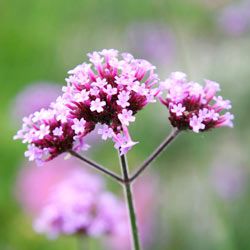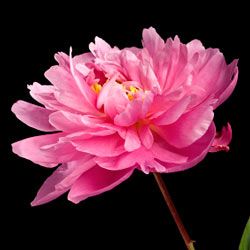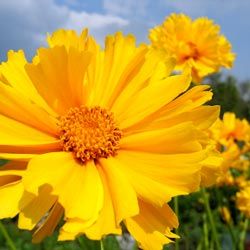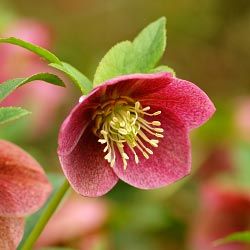Want to add color, greenery and life to your yard without having to do loads of gardening work year after year? These five popular perennials could be just what you -- and your garden -- need. Perennials are plants that come back every season, as opposed to annuals, which have to be replanted and grown each spring.
Planting in the Southeast presents some challenges. Though it is more humid than the deserts of the West, it still gets very hot during the summer, and any drought that might hit could destroy your hard work. You also might be thinking you only need to invest in sun-loving plants. While the Southeast has a lot of hot sun, your particular yard might not. Are you looking to plant your perennials around your house? Maybe you want a border around the big, leafy trees in your yard. Either way, you're looking at perennials that need to withstand at least some shade. In this article, you'll find two popular sun-loving perennials, two popular shade-withstanding perennials, and one drought-resistant perennial that you might employ if you're in an area prone to drought or have watering restrictions in place in your town during the highest heat of the summer.
Advertisement
Before you decide to plant perennials, study your land carefully. Watch where the shadows fall throughout the day. You might not have any trees in your yard, but you'll suddenly realize your neighbor's tree drapes the corner of your yard in shade all afternoon -- right where you were about to grow those sun-loving plants! In addition, since perennials come back season after season, you're stuck with what you plant for a while. So take some time to make a plan before you get started.





